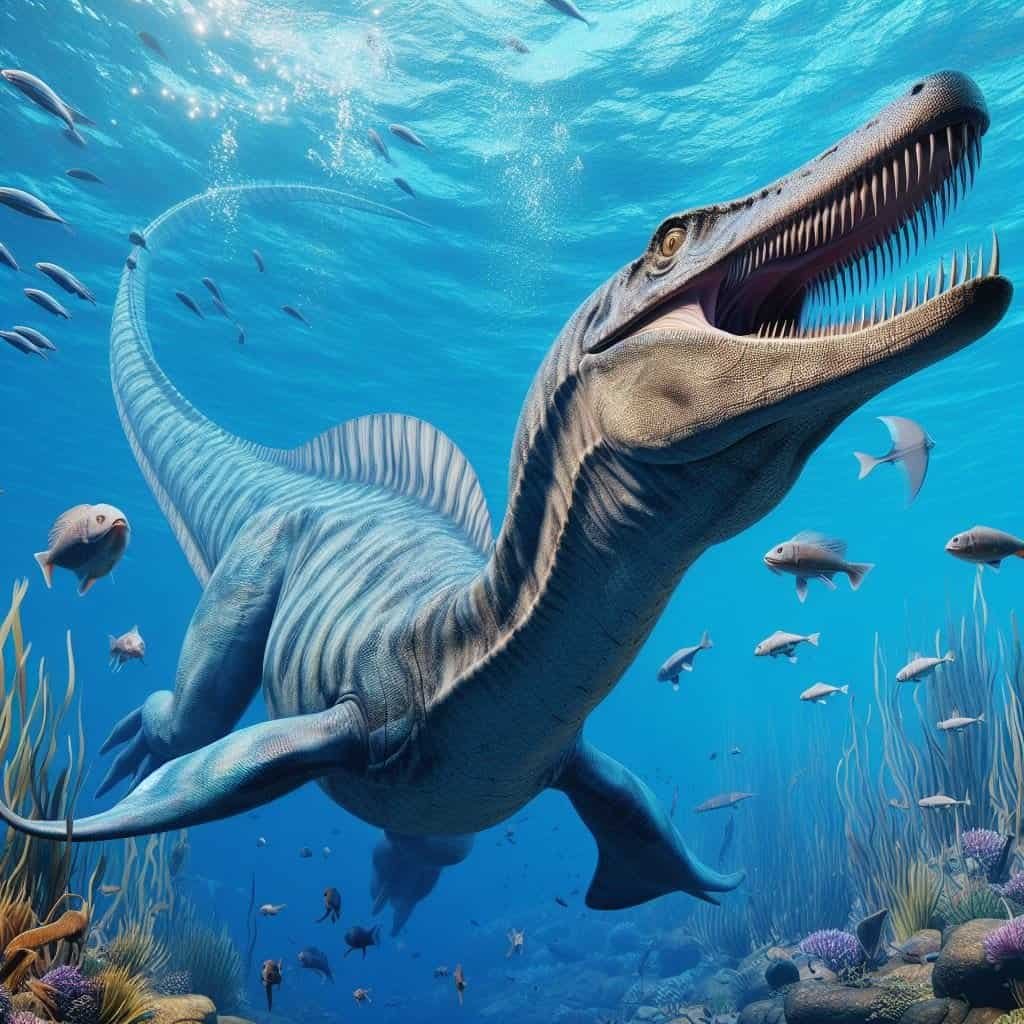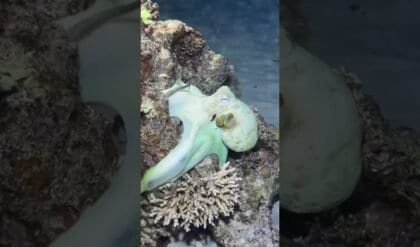The cliffs of the Jurassic Coast in Dorset, UK, have revealed a remarkable treasure from the depths of history: the skull of a colossal sea monster.
This awe-inspiring discovery belongs to none other than a pliosaur, a formidable marine reptile that once ruled the oceans approximately 150 million years ago. Measuring an impressive 2 meters long, this fossilized relic stands as one of the most intact specimens of its kind ever unearthed.
Its unveiling promises to unveil an array of newfound knowledge about this ancient predator, captivating the hearts and minds of scientists and enthusiasts alike.
The pliosaur, with its fearsome appearance and imposing size, was a true terror of the prehistoric seas. Being an apex predator, it navigated the watery depths with unrivaled supremacy, instilling fear into the hearts of any creature that dared to cross its path.
The sheer magnitude of this creature’s power can only be fathomed by witnessing the magnificence of its skull. With every tooth and bone preserved, this extraordinary find offers an unparalleled glimpse into the world of the pliosaur, shedding light on its form, function, and way of life.
The significance of this remarkable discovery has not gone unnoticed, prompting the renowned natural historian, Sir David Attenborough, to feature it prominently in a special program on BBC One. Set to air on New Year’s Day, this captivating documentary will take viewers on a mesmerizing journey back in time, immersing them in the ancient world of the pliosaur.
Sir David’s soothing voice will guide us through the mesmerizing details of the skull, painting a vivid picture of the life and times of this awe-inspiring creature. Through the lens of Attenborough’s expert narration, we will witness the intricate details of the pliosaur’s powerful jaws, adorned with rows of razor-sharp teeth.

Each tooth, perfectly preserved and expertly designed for tearing into prey, serves as a testament to the creature’s hunting prowess. As the camera zooms in on the skull’s eye sockets, we can almost envision the creature’s piercing gaze, scanning the depths of the ocean for its next meal. The textured surface of the fossil hints at battles fought and scars earned, offering a glimpse into the fierce struggles for survival that played out in the ancient seas.
Beyond its formidable appearance, the pliosaur skull also harbors secrets about its anatomy and physiology. Scientists are eagerly examining the fossil to uncover clues about its sensory capabilities, locomotion, and feeding habits. By analyzing the size and shape of the skull, they hope to gain insights into the pliosaur’s overall body structure and estimate its size.
The information gleaned from this extraordinary find will contribute to our understanding of the evolution and diversity of ancient marine life, and perhaps even shed light on the mysteries of the deep sea that still elude us today. As excitement builds for the upcoming David Attenborough program, anticipation mounts among paleontologists, marine biologists, and nature enthusiasts from all walks of life.
The pliosaur’s story, once lost in the annals of time, is about to be resurrected in glorious detail, captivating audiences and igniting a newfound sense of wonder for the wonders that lie beneath the waves. The discovery of this remarkably preserved skull is a testament to the tireless efforts of scientists and the enduring allure of the prehistoric world, reminding us of the astonishing secrets that wait to be unraveled in the most unexpected of places.





